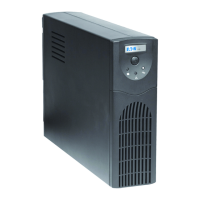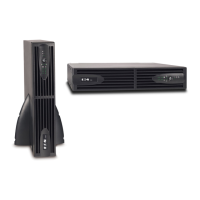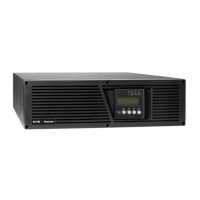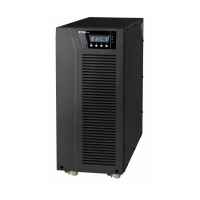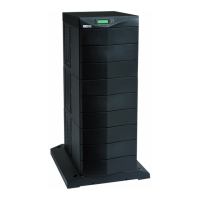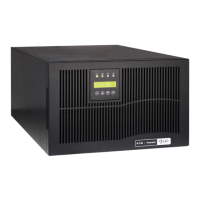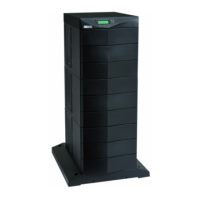Why is my Eaton Powerware 5110 UPS making a continuous sound and the Overload indicator is lit?
- Ccolleen39Aug 2, 2025
The Eaton Powerware 5110 UPS makes a continuous sound and the 'Overload' indicator lights up because the 'Battery Backup & Surge Protection' outlets are overloaded. To resolve this, reduce the amount of equipment connected to these outlets.
